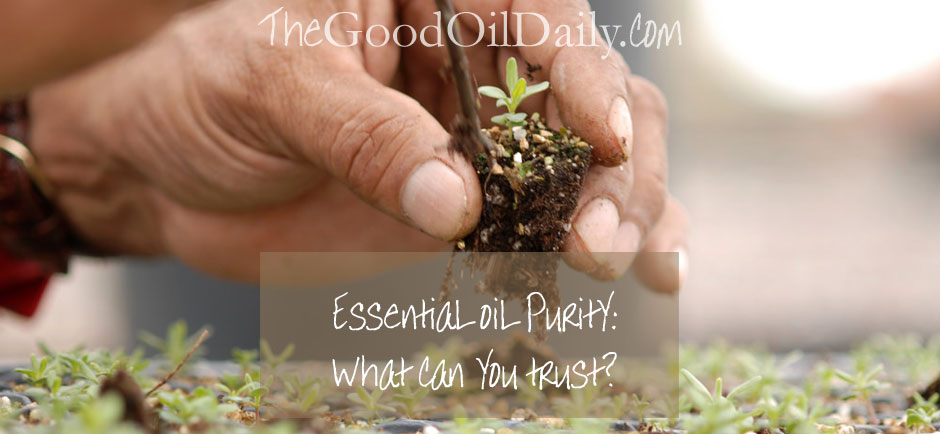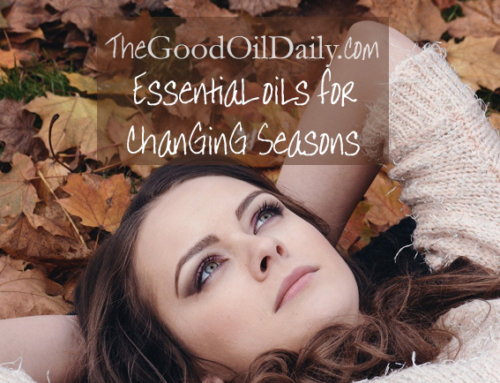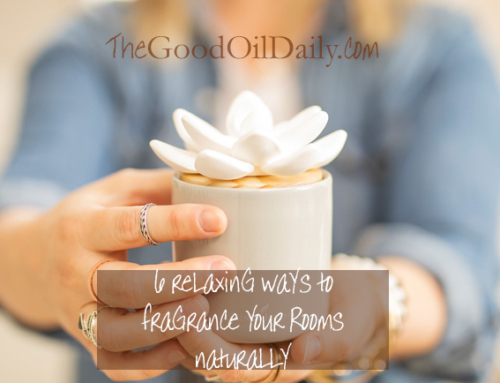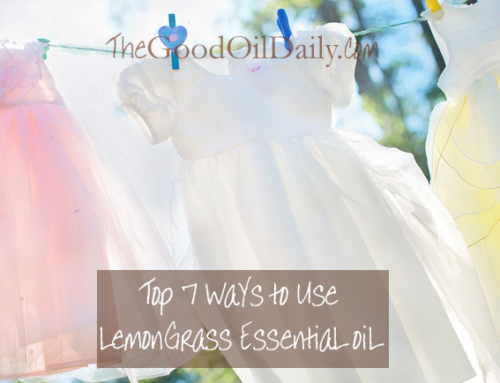If I told you the fruit and vegetables you’d been eating were synthetic, not natural, would you be outraged? Alarmed? Worried about what that crazy stuff might do to you?
Yet this is exactly what can happen when you buy essential oils.
Products we assume to be natural — because we can trust what’s on the label, right? — are not always so.
Essential oils are made up of hundreds of constituents. And with advances in science, all of these can now be made synthetically.
But the body handles synthetic molecules differently from natural ones.
The Therapeutic Goods Administration (TGA) is Australia’s regulatory body that sets protocols for labelling. And it makes NO distinction between natural and synthetic substances. So an essential oil can meet TGA standards (or FDA in the United States) but be 100% or partially synthetically created, and there is no requirement whatsoever for the label to indicate this important information.
You’ve likely seen oils labelled as ‘Nature Identical’. Perhaps you’ve bought some. Let’s look at how they are made.
A Gas Chromatograph is an analysis that tests oils to see which constituents are present and in what percentages. Each genuine essential oil has hundreds of delicate constituents in finely tuned and complex balance to create a natural synergy like none other. The real ones truly are works of art.
The others are ham-fisted forgeries.
To produce ‘natural identical’ oils, chemists look at Gas Chromatographs to determine the highest 16 constituents of the oil they want to replicate, then manufacture those constituents synthetically. They mix them together in the same ratios as the genuine essential oil and Bob’s your uncle. (The wacky one who puts his tie on backwards.) Into the bottle it goes, labelled as ‘nature identical’. And into the shopping basket it goes.
Along with the issues of synthetics, hybridisation of plants, incorrect nutrients and use of pesticides, there’s the issue of incorrect distillation which drastically affects the quality of the oil produced.
Almost all commercial production of essential oils uses high temperature and high pressure plus chemicals in the boiler water to protect the metal in the boilers. Sure, an essential oil is still produced. But the finer molecules are destroyed giving an inferior quality oil along with the possibility of tainting from additives.
Why is this done?
For the bottom line.
This method produces a higher yield in a shorter period of time which makes production vastly cheaper. Much of the oil produced today is used in the perfume and cosmetic industries. Sure, the oils can still add an attractive fragrance and they make a great selling point on the bottle. But when it comes to the essential oil’s ability to influence at a physiological or energetic level, it’s simply not physically possible at the other end of a poor distillation process.
Adulteration is common practice, too. If an oil’s GC doesn’t come up to scratch, the addition of synthetics can alter the profile so it tests fine. It’s perfectly legal, but is that what you expect when you’re buying an essential oil? You can trust the label, right?
Hold your horses, sunshine. Here’s a list of statements and descriptions you will find on essential oil labels:
- 100% essential oil of …
- Genuine essential oil of …
- Pure, authentic essential oil of …
- Therapeutic-grade essential oil of …
- Certified Pure Therapeutic-grade essential oil of …
All these give a warm, fuzzy glow of implication that they are awesome.
And in some cases, the oil inside could well be ridgy didge and the real McCoy: authentic in the true sense of the word.
On the other hand, the oil inside could be 100% synthetic or any combination of natural and synthetic, made from plants that were poorly grown with depleted quality, distilled incorrectly or poorly, and/or adulterated.
So how do you know? What do you look for? It’s all so hard!
When looking for essential oil purity, what can you trust? Here are important questions to ask:
- Do they own their own farms?
- Do they grow or wild-craft their own plants without artificial fertilizers, herbicides and pesticides?
- Do they distill the oils themselves?
- Do they use only food grade stainless steel materials in the distillation equipment?
- Do they use low temperature, low pressure distillation methods?
- Do they add chemicals to the boiler water?
- What standard is used to evaluate the quality?
- Do they have their own analysis equipment, lab and library of oil profiles?
- Do the oils smell right?
- Do they use vendors? These are people who gather oils from a variety of sources and on-sell them
- Do they personally know their growers and distillers?
- Do they have the education, knowledge and experience in growing, producing, bottling, and researching the effects in a clinical environment
Being a seasoned sceptic, I did a lot of digging around when I first started using Young Living essential oils nearly 20 years ago. I experienced quite amazing results when I started using them but I still took no-one’s word for anything. I researched them and other brands and was a general pain in the proverbial to all and sundry. And after much investigation, the oils I chose then and continue to choose are those from Young Living.
All Young Living oils are guaranteed pure from seed to seal, unlike so many brands out there in the marketplace. You really do get what you pay for. You can check it out with your own eyes in this short video.
Today’s post is based on a couple of short chapters from my book on The Simple Truth About Essential Oils, which I wrote as a handy guide for the lay person on how to use and select essential oils. Please get in touch if you’re interested in buying a copy for you or a bunch for your oil-loving friends.
This will also connect you up with The Good Oil Team for our personal support and coaching. We'd love to help you on your journey to vibrant well-being the natural way!
Any questions? Please get in touch via our Contact page.






